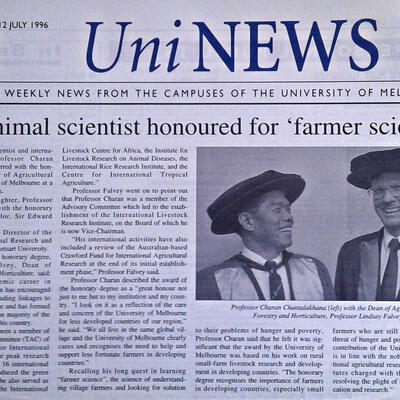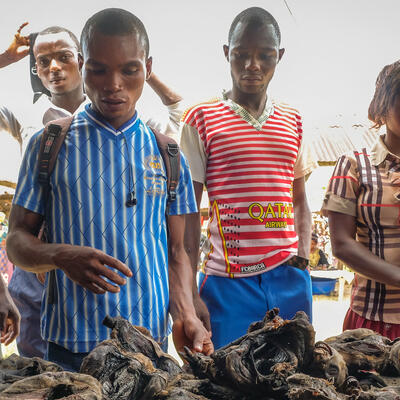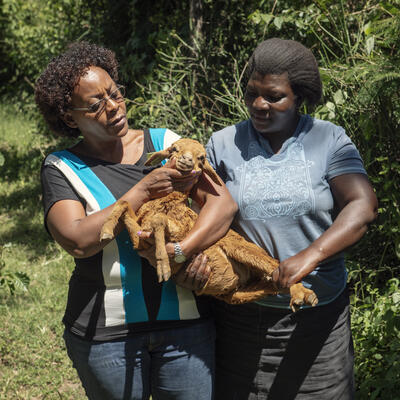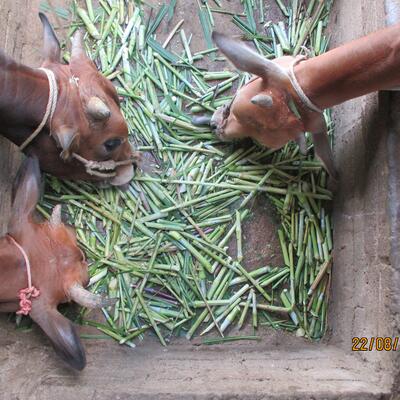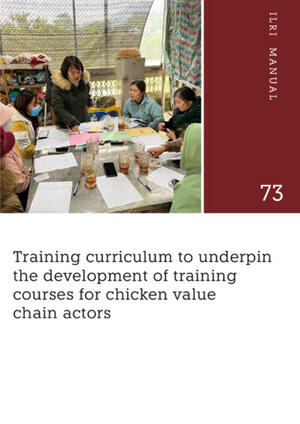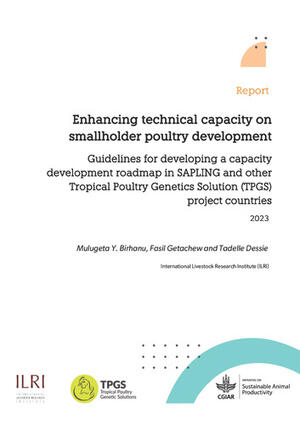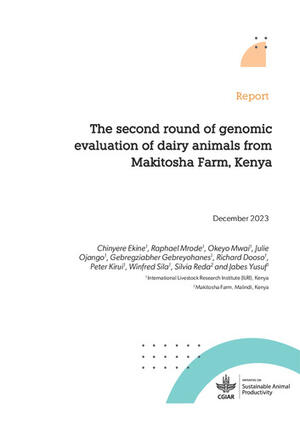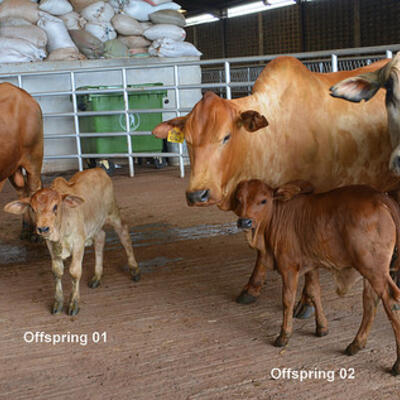
Improving village chicken protection to elevate the livelihoods of poor people in Ethiopia
Chickens are the only affordable livestock for the poor and improving their production level can improve the livelihood of the village farmers, and thus serve as a stepping stone out of extreme poverty. Production levels of indigenous chicken can be improved by organised breeding A participatory approach will be used to ensure that the breeding program is tailored towards local needs and circumstances Further, it will be investigated how the breeding program can be best embedded in supply and sales chain and linked to training and support of village farmers to ensure that breeding contributes to reduction of poverty and hunger.
The program will build on the ongoing breeding program established two years ago at the Debre Zeit Research Center of the Ethiopian Institute of Agricultural Research (EIAR). This program is based on genetic improvement of Horro population of chickens through selective breeding. The genetic improvement strategies will be focusing on two aspects, one intending to develop pure lines of Horro chickens selected for traits identified to be the most important by rural farmers followed by cross breeding of improved lines of Horro chickens with exotic layer strains. The choice of the exotic strain to be used will be based on results of an ongoing evaluation of production and adaptation characteristics of the exotic layer strains which has started in 2008 at the Debre Zeit research station.
The breeding program will be carried out using both selection (of indigenous Horro chickens) and cross breeding (of improved Horro chickens with commercial strain). The ultimate goal is to develop a blue print for improving village poultry production by integrating breeding, marketing, and training. On-farm studies will take place in selected villages in Ethiopia to evaluate the performance pf improved breeds subjected to different production circumstances building on existing experiences of project partners.
Objectives
- Run the breeding program for selective breeding of Horro chickens on station
- Set up a cross breeding program using selected parents of Horro chickens with improved exotic breed.
- Testing and dissemination of genetic materials developed on-station to people in the surrounding villages and evaluate performance.
- Asses, document and improve poultry and poultry product marketing in the study sites





